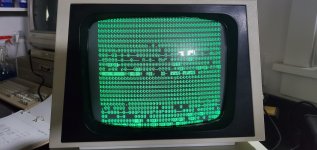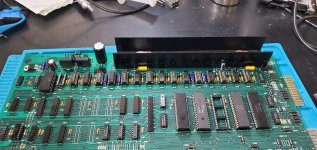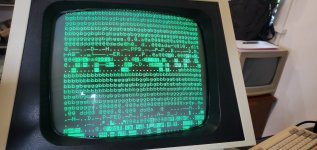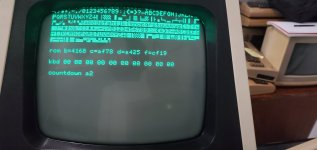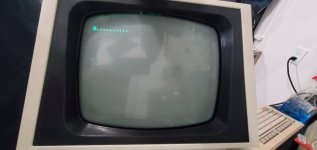daver2
10k Member
First thing is the output from the on-monitor-board voltage regulator (but that will probably be OK if the heater is lit).
Yes, the old fusible resistors would probably be your first point of call! These can be 'seen' - so no high voltages around to bite you!
Dave
Yes, the old fusible resistors would probably be your first point of call! These can be 'seen' - so no high voltages around to bite you!
Dave

